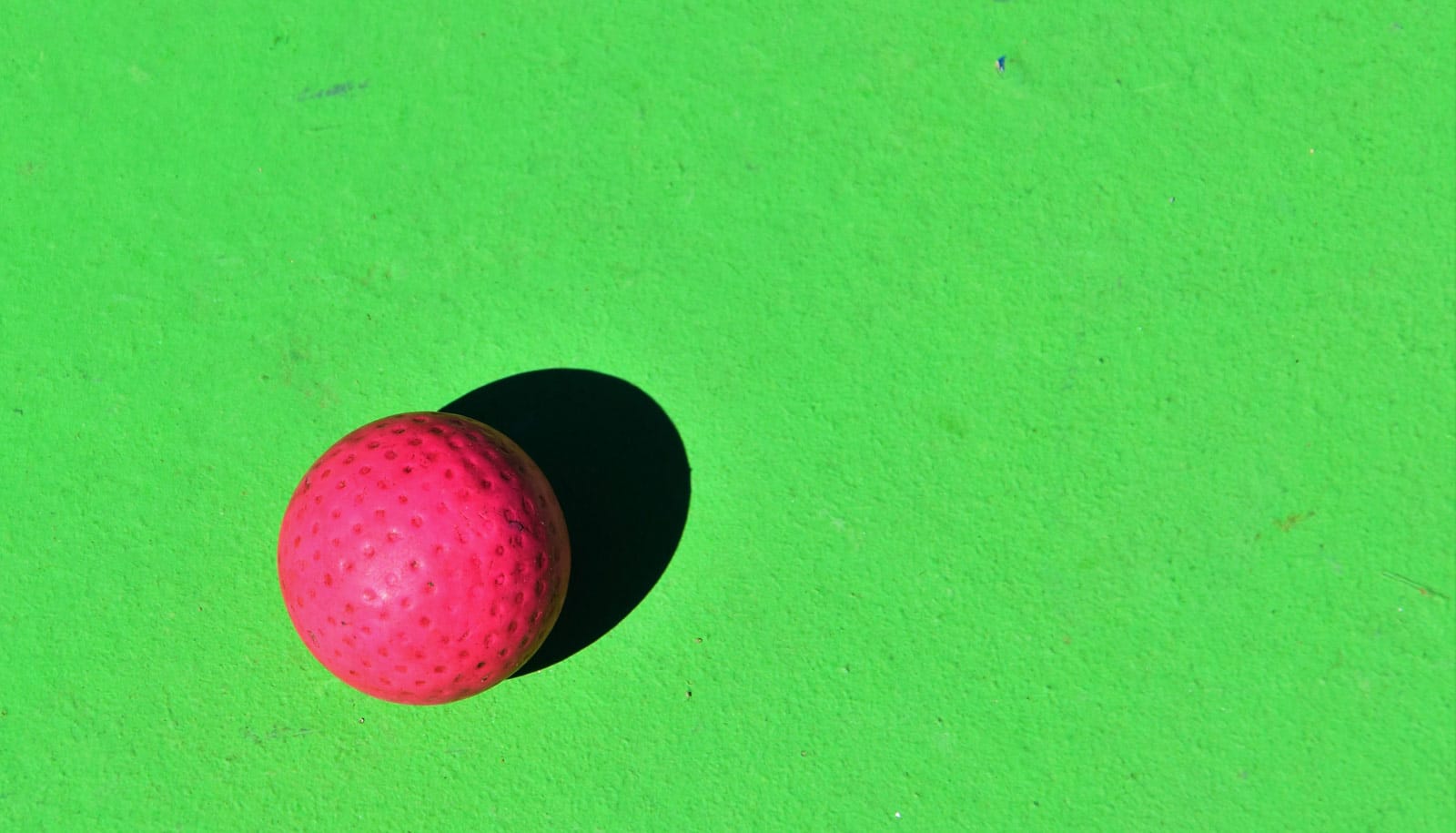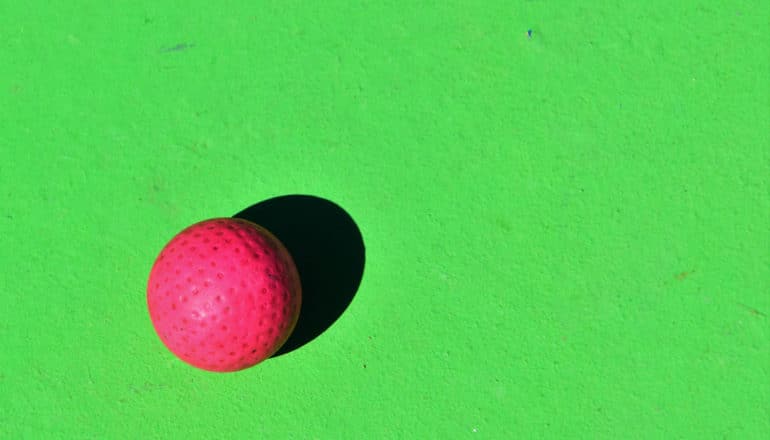
Red light slowed down the heartrate of modified heart muscle cells, and the green light sped it up.(Credit: Waldemar Brandt/Unsplash )
Red and green light refine control of optogenetics
A new feat in optogenetics used red and green light to raise and lower the speed of beating heart cells.

Nanoparticles and nanoclusters called “superballs” offer more control to optogenetics, which uses light to control cells within living tissue.
The biological technique controls cells in tissues that have been genetically modified for light sensitivity. Drawbacks are that the light can activate several genes at once, and that it must penetrate deeply in order to have an effect.
The new nanoparticles and superballs can emit different colors of light when lasers at different wavelengths excite them. These different colors of light can then trigger specific biological processes.
To activate light-sensitive genes, the team led by Zhang Yong, a professor in Biomedical Engineering at the National University of Singapore, used the nanoparticles and superballs to “upconvert” near-infrared (NIR) light to higher energies of visible light. Since NIR light is deeply penetrating, this approach may be used for many deep-seated tissue treatments.
Zhang and his team invented new nanoparticles that emit either red or green light, depending on the wavelength of the NIR radiation used to excite them. The nanoparticles radiate red light when excited by a laser beam with a wavelength of 980 nanometers, and green light when the laser beam’s wavelength decreases to 808 nanometers.
The researchers showed that it was possible to use these particles to control the beating rate in modified heart-muscle cells. By optically controlling two light-activated channels known as Jaws and VChR1 in the same cell, they were able to alter the speed of the heartbeat. The red light slowed down the heartrate, and the green light sped it up.
These nanoparticles consist of an inner core that is rich in erbium, surrounded by layers of ytterbium and neodymium-doped materials.
The results of this study appear in Nature Communications.
In addition to the novel nanoparticles, Zhang and his team recently synthesized clusters of two different nanoparticles, which they named “superballs.” In a similar way to the novel nanoparticles, these superballs emit different colored light when excited with different wavelengths of NIR radiation. They radiate red light when excited by a laser beam with a wavelength of 980 nanometers, and UV/blue light when the laser beam’s wavelength decreases to 808 nanometers.
The researchers then used these novel superballs to enhance a photodynamic cancer treatment procedure.
When the superballs were energetically excited to radiate red light, they were able to enter a cell. Next, they were excited to radiate UV/blue light to increase the cell’s sensitivity to reactive oxygen species. Finally, they were excited to radiate red light again to activate photosensitive drugs to produce reactive oxygen species. These reactive oxygen species can then induce the killing of tumor cells.
With this research breakthrough, the scientists have developed a simple, user-friendly method for synthesizing these superballs. The shape, size, and the excitation/emission wavelengths of the superballs are modifiable depending on the application.
The results from this second study also appear in Nature Communications.
The nanoparticles and superballs “will be of interest to biologists and clinicians in different fields, especially those working on phototherapy, including photodynamic therapy, photothermal therapy, light controlled drug/gene delivery, and optogenetics,” says Zhang.
“Ultimately, the objective of this project is to use wireless electronics together with nanoparticles for enhanced photodynamic therapies which can treat large tumors in deep tissues.” The research will continue in that direction.
Source: National University of Singapore
The post Red and green light refine control of optogenetics appeared first on Futurity.
Share this article:
This article uses material from the Futurity article, and is licenced under a CC BY-SA 4.0 International License. Images, videos and audio are available under their respective licenses.
Related Articles:
Nanoparticles enter living cells to gather cancer clues
April 30, 2020 • futurityBlocking messages between cancer cells may stop their spread
Dec. 10, 2018 • futurityLinks/images:
- https://www.futurity.org/green-led-light-pain-1371692-2/
- https://www.futurity.org/hearts-stem-cells-1933662/
- http://dx.doi.org/10.1038/s41467-019-12374-4
- https://doi.org/10.1038/s41467-019-12506-w
- https://news.nus.edu.sg/research/glowing-nanparticles-control-biological-processes
- https://www.futurity.org/optogenetics-superballs-colors-heartbeat-2203542-2/
- https://www.futurity.org


